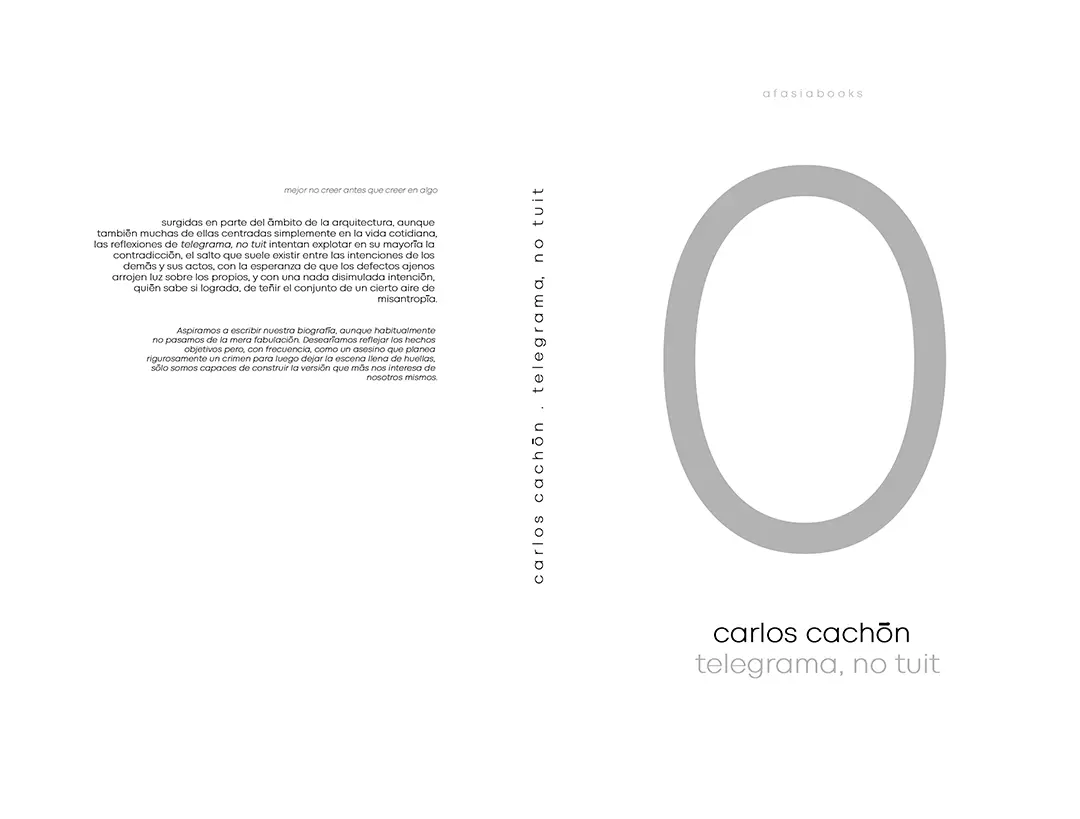PRODUCTORA . photos: © Onnis Luque . + plataforma arquitectura
The project is located on the rooftop of an early twentieth-century palace where cultural and festive events are held, in the center of Mexico City. In order to prevent the occasional rains to interrupt the activities organized in the courtyards, the owner of the property required to cover the three existing patios. Instead of making three independent interventions, we generated one single proposal: a continuous roof structure, measuring more than 50 meters in length, connecting the patios in a straight line, and generating new covered surfaces in between the patios. The structure consists of 45 lightweight metal trusses, each 1.2 m apart, dividing the weight evenly over the existing construction and accentuating rhythm and perspective along the roof. The triangular roof section is designed asymmetrically so that one side could incorporate a covered circulation.
Light and industrialized synthetic materials such as the PVC deck, polycarbonate sheets, or the railings made of nylon nets, seek to reduce the weight of the construction and generate a strong contrast with the materiality of the historic building. Two different types of polycarbonate were used (translucent and transparent), to filter the sunlight, while allowing to see the sky from the courtyards. Additionally, textile screens (borrowed from the agricultural industry) are integrated into specific places to mitigate solar incidence. The geometric rhythm of the structure is complemented by another series of elements such as the planters that overflow the patios and delimit the new terraces or the light fixtures that highlight the intervention in the city’s skyline.
As an alternative to demolishing historic – but often not registered – buildings in Mexico City, this project shows how valuable structures can be re-used and adapted in an intelligent way when the financing for a full-scale restoration is not (or not yet available). It explores the esthetic quality of the building “as found “– and enhances that experience by contrasting it with a contemporary intervention.
_
El proyecto está situado en la azotea de una casona de principios del siglo XX, en el centro de la Ciudad de México, en donde se realizan eventos culturales y festivos. Para evitar que las lluvias ocasionales interrumpieran las actividades organizadas en los tres patios existentes, el propietario del inmueble nos pidió cerrarlos con una cubierta. En lugar de realizar tres intervenciones independientes, decidimos generar una sola propuesta: una cubierta ligera de más de 50 metros de longitud, que conecta los patios en línea recta y genera nuevos espacios techados entre los patios. Esta estructura ligera consta de 45 armaduras metálicas ligeras, separadas 1.2 metros entre sí, que reparten el peso uniformemente sobre la construcción existente y acentúan el ritmo y la perspectiva a lo largo de la cubierta. La sección triangular está diseñada de forma asimétrica para que uno de los lados pueda incorporar una circulación cubierta. Los materiales sintéticos ligeros e industrializados, como el deck de PVC, las láminas de policarbonato o los barandales hechos a base de redes de nylon, buscan reducir el peso de la construcción y generar un contraste contundente con la materialidad del edificio histórico. Se utilizaron dos tipos diferentes de policarbonato (translúcido y transparente), para filtrar los rayos del sol, pero permitiendo ver el cielo desde los patios. Además, se integraron en lugares específicos, filtros de malla sobra de la industria agrícola para mitigar la incidencia solar. El ritmo geométrico de la estructura se complementa con otra serie de elementos como las jardineras que desbordan los patios y delimitan las nuevas terrazas, o las luminarias que resaltan la intervención en el paisaje nocturno de la ciudad. Como alternativa a la demolición de edificios históricos - a menudo no catalogados - en Ciudad de México, este proyecto demuestra cómo se pueden reutilizar y adaptar estructuras valiosas de forma inteligente, cuando aún no se dispone de financiamientos para una restauración a gran escala. El proyecto explora la calidad estética del edificio existente "tal y como se encuentra" y optimiza esa experiencia al contrastarla con una intervención contemporánea.






















